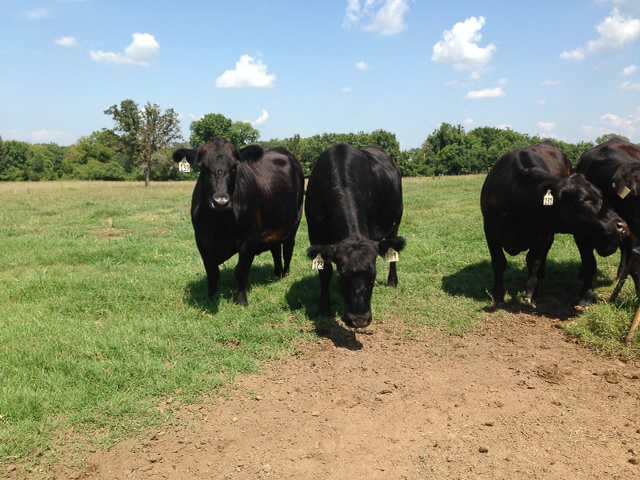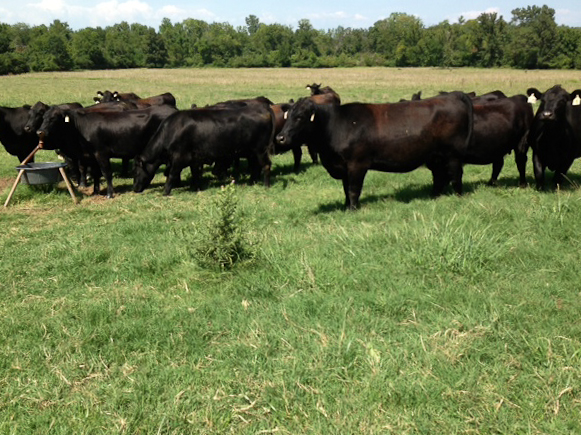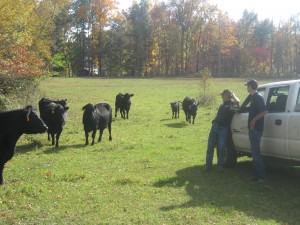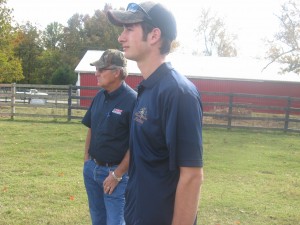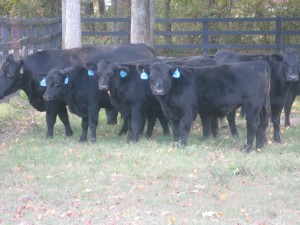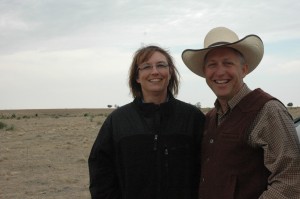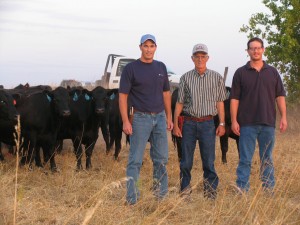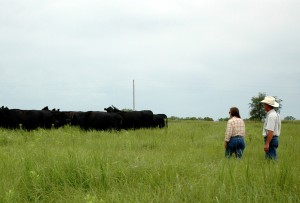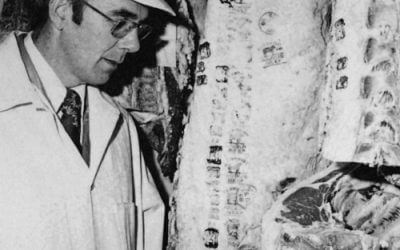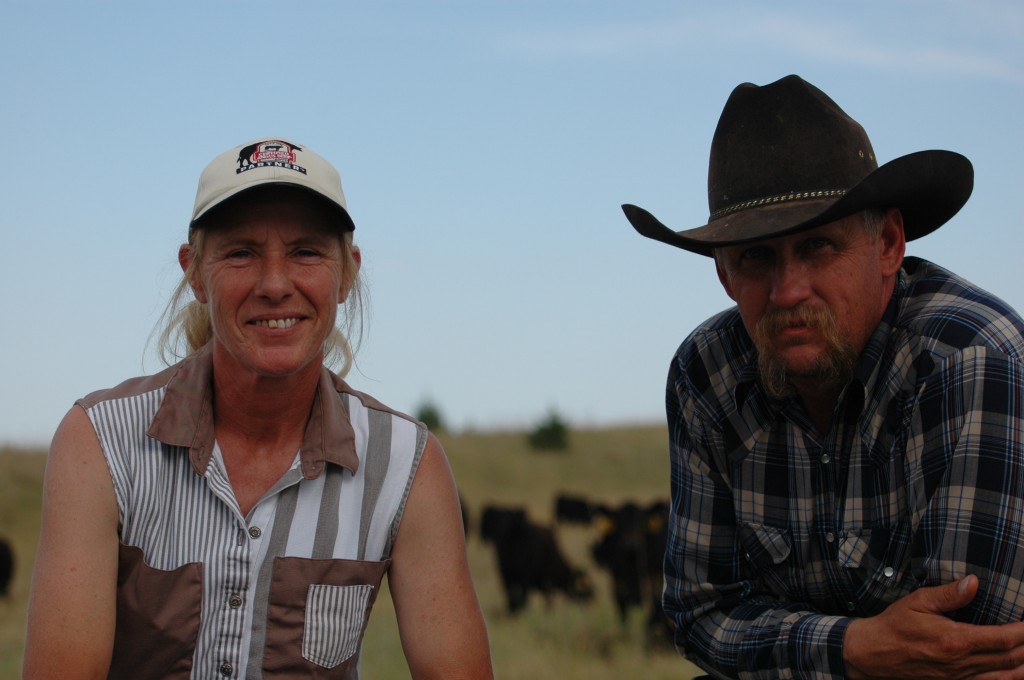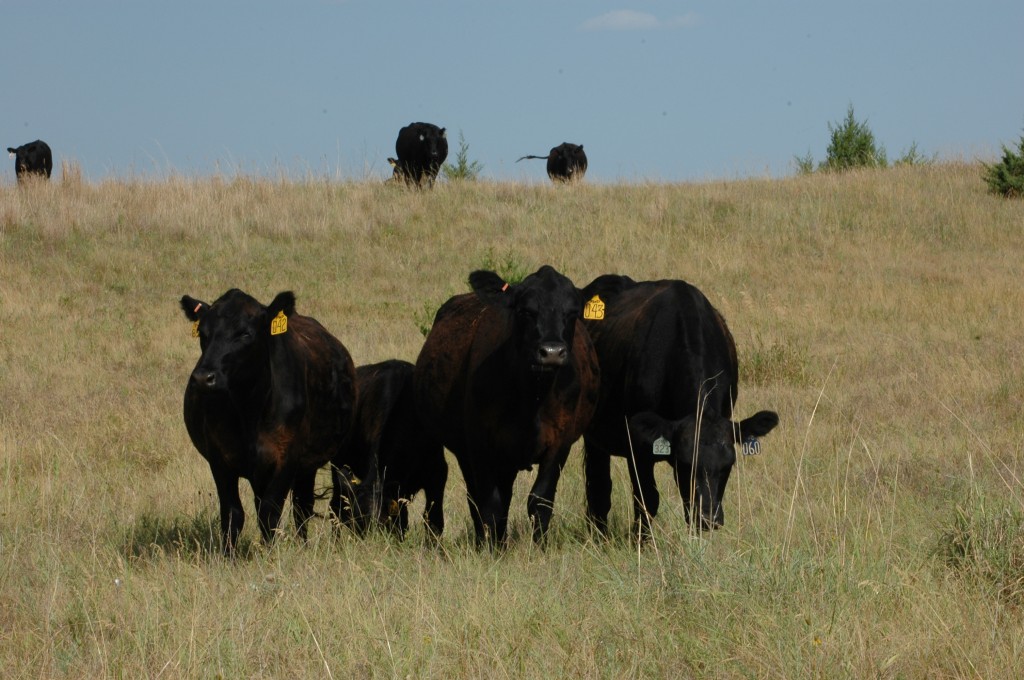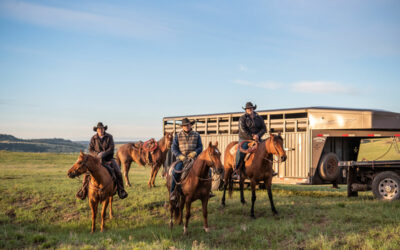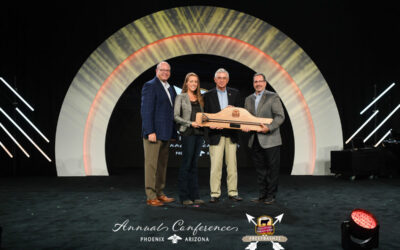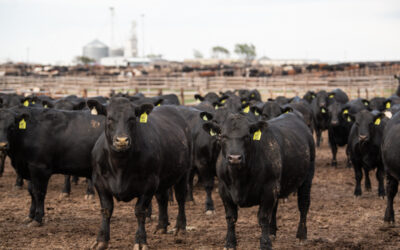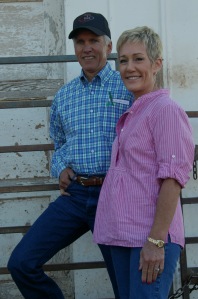
Quality beef is a team effort
At the fork of two rivers, lies Covington, La., a quaint town on the eastern side of the Bayou State. The southern city is home to veterinarians Gary and Kim Greene, who together with their son Matt, run Greeneline Angus and share a passion for high-quality cattle.
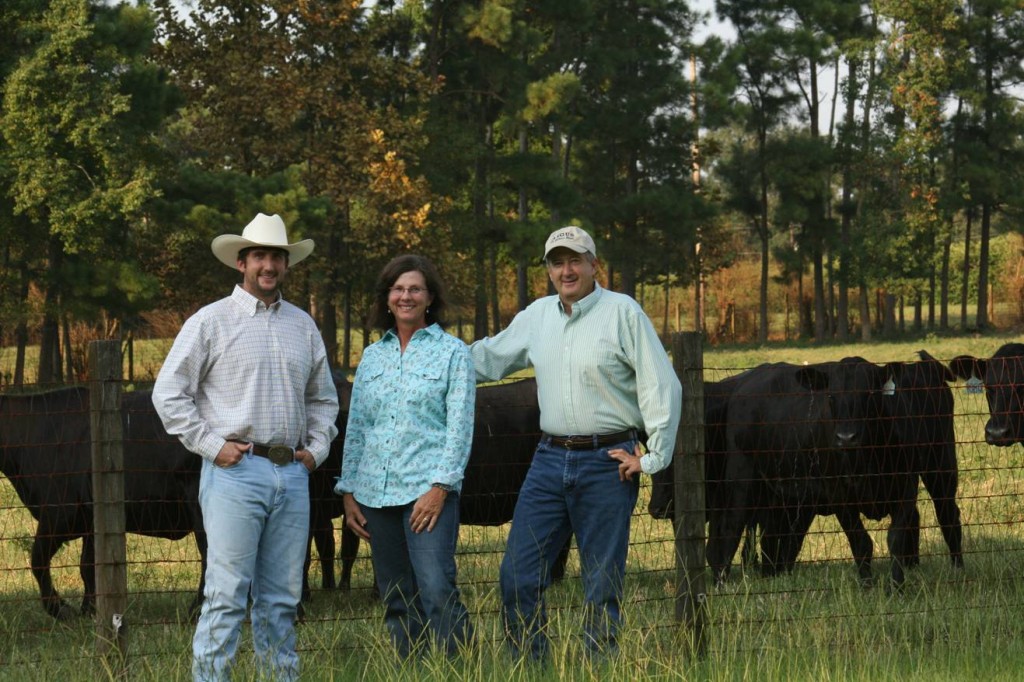
Today the family of doctors – Matt is in his third year of veterinary school – care for more than 200 cows on the upland coastal plains. Under the shade of towering pines, cattle thrive in the temperate climate as they graze on Bermuda and Bahia grass. Run with ease and shared responsibilities, Gary boasts, “It’s a family operation.” From paperwork to mending fence, the rancher says, “All of us are involved with it all the time.”
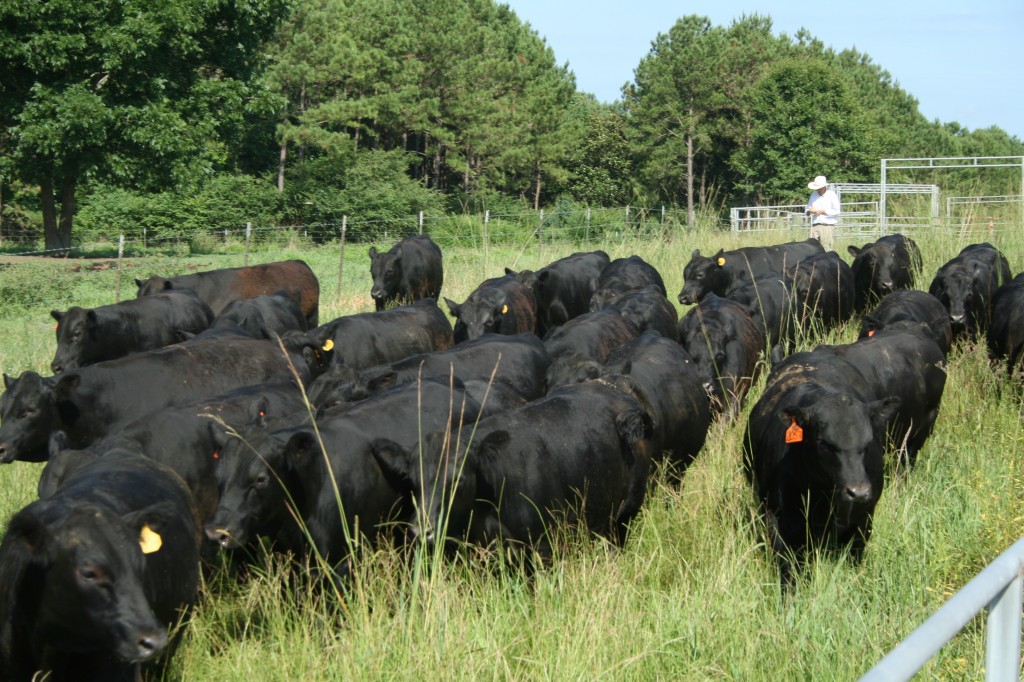
“I’m true and blue, all up and down, an Angus man,” Gary says with a grin. “You can produce a product that you know has reliability in the genetics. That’s very important to me.”
The man who raised two sons amidst nature and around cattle states with assertion, “I wouldn’t have it any other way.” They focus on raising and feeding beef that will standout for quality and consistency.
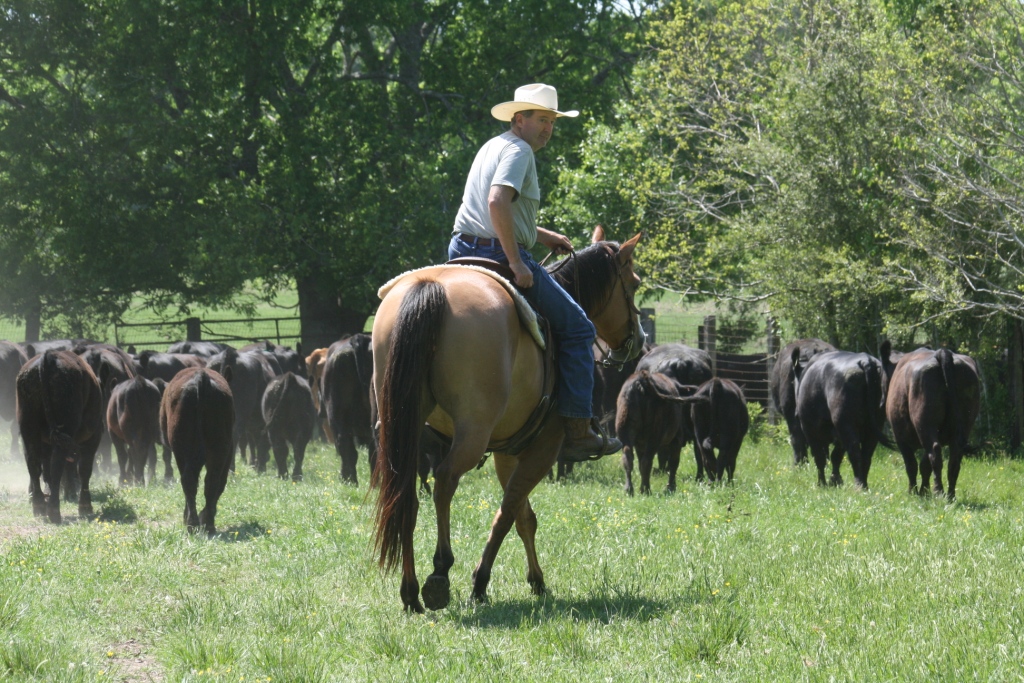
This was written as a part of an ongoing series that introduces consumers to cattlemen and women on our product website. To see more of the producers profiled across the U.S., head over to our “Meet Local Angus Ranchers” tab.
You may also like
Kansas Ranchers Recognized for Sustainability Efforts
Kansas’ Wharton 3C Ranch thrives despite droughts, winning the CAB 2023 Sustainability award. The data-driven, quality-focused approach of first-generation ranchers, Shannon and Rusty Wharton, yields 100% CAB cattle. Their commitment to sustainability and industry collaboration sets a bright future for the cattle business.
Saskatchewan Angus Ranch Earns Certified Angus Beef Award
JPM Farms in Canada quietly gained recognition for its dedication to environmental sustainability and quality cattle. The Monvoisin family earned the 2023 CAB Canadian Commitment to Excellence award for their outstanding results and partnership with Duck Unlimited, showcasing their commitment to improving the land, cattle and family daily.
Everything They Have
Progress is a necessity on the Guide Rock, Nebraska, ranch where Troy Anderson manages a commercial Angus herd, small grower yard, his 10-year-old son, and a testing environment. Troy’s approach includes respect for his livestock, people and land. For that, Anderson Cattle was honored with the CAB 2023 Commercial Commitment to Excellence Award.

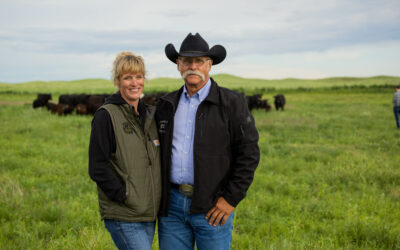
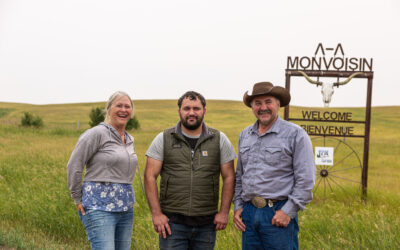
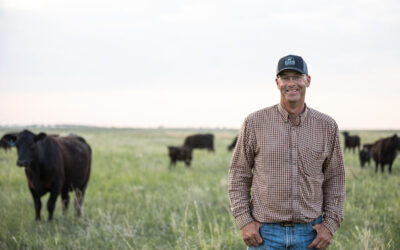

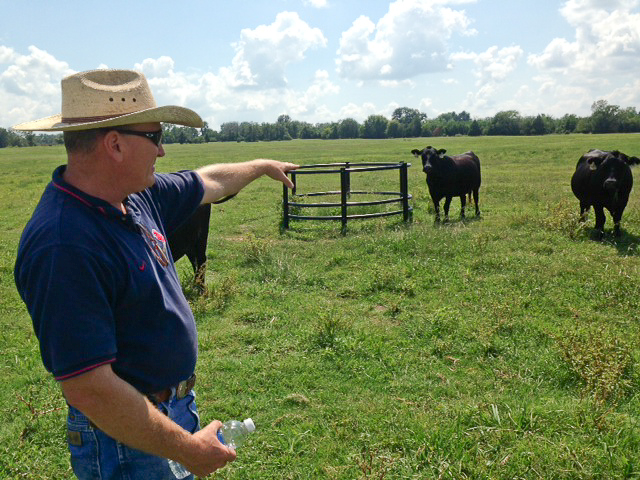 Here’s his report:
Here’s his report: